
Revealing Hidden HIV: A Major Step Toward Achieving a Functional Cure
A groundbreaking scientific development may bring the world closer than ever to achieving an effective cure for HIV. In recent research, scientists have introduced a novel method capable of uncovering hidden HIV reservoirs embedded within white blood cells—reservoirs that have long posed one of the greatest obstacles in completely eliminating the virus from the body. These latent pockets of HIV have remained undetectable and untouchable by conventional treatments for decades, enabling the virus to persist even when patients receive highly effective antiretroviral therapy (ART). By successfully exposing these concealed viral sanctuaries, researchers hope to open the door to therapeutic strategies designed not only to suppress HIV, but to remove it entirely.
This innovative technique has the potential to reshape current HIV treatment approaches and may accelerate progress toward what experts call a “functional cure”—a state in which the virus is controlled without lifelong medication. Until now, standard ART has been highly effective at reducing the viral load to undetectable levels, preventing transmission and enabling people living with HIV to lead long and healthy lives. However, ART cannot completely eradicate the virus, as HIV integrates itself into the DNA of immune cells and remains dormant. According to the National Institutes of Health (NIH), these latent HIV reservoirs are the primary barrier preventing total viral clearance and have remained one of the biggest scientific challenges for more than 30 years.
The newly developed method marks a major shift in this long-standing issue. By revealing previously invisible HIV hidden deep within white blood cells, it may allow future treatments to directly target and neutralize these reservoirs. Early laboratory findings—supported by recent reports in reputable outlets such as The Guardian and research updates from the NIH—suggest that exposing these reservoirs could enable the immune system or targeted therapies to finally reach virus-infected cells that were once unreachable. In other words, scientists may be moving closer to transforming a theoretical possibility into a realistic medical pathway.
Despite the excitement, researchers emphasize that further clinical studies are needed before the technique can be applied in real-world medical settings. As highlighted in scientific discussions published in journals such as Nature Medicine and The Lancet HIV, advances in HIV cure research often require rigorous multi-phase testing to ensure safety, effectiveness, and long-term viability. Even so, many experts remain cautiously optimistic. They note that breakthroughs like this represent crucial steps toward ending the HIV epidemic and expanding the range of tools available for treatment and prevention.
Continued global investment in HIV research, next-generation therapies, community engagement, and public health initiatives remains essential. Organizations such as UNAIDS underscore the importance of pairing scientific progress with education, prevention, and equal access to healthcare. If the momentum in cure-focused research continues, this new method could eventually help redefine the future of HIV treatment—offering renewed hope for millions of individuals and communities around the world who dream of a world free from the burden of HIV.
News in the same category


Teen Inventor Creates Affordable Dialysis Machine, Revolutionizing Global Healthcare

PepsiCo Removes Petroleum-Based Dyes from Doritos, Paving the Way for Healthier Snacking

From Tragedy to Hope: How Compassion Saved a Life in Rural China

Why Tanker Trucks Have a Hanging Chain: Safety Function Explained

Liquid NanoClay: The Norwegian Innovation Turning Deserts Into Fertile Farmland

The Hidden Meaning Behind Tongue Piercings

World’s Largest Pumped Storage Power Station Goes Fully Operational in China
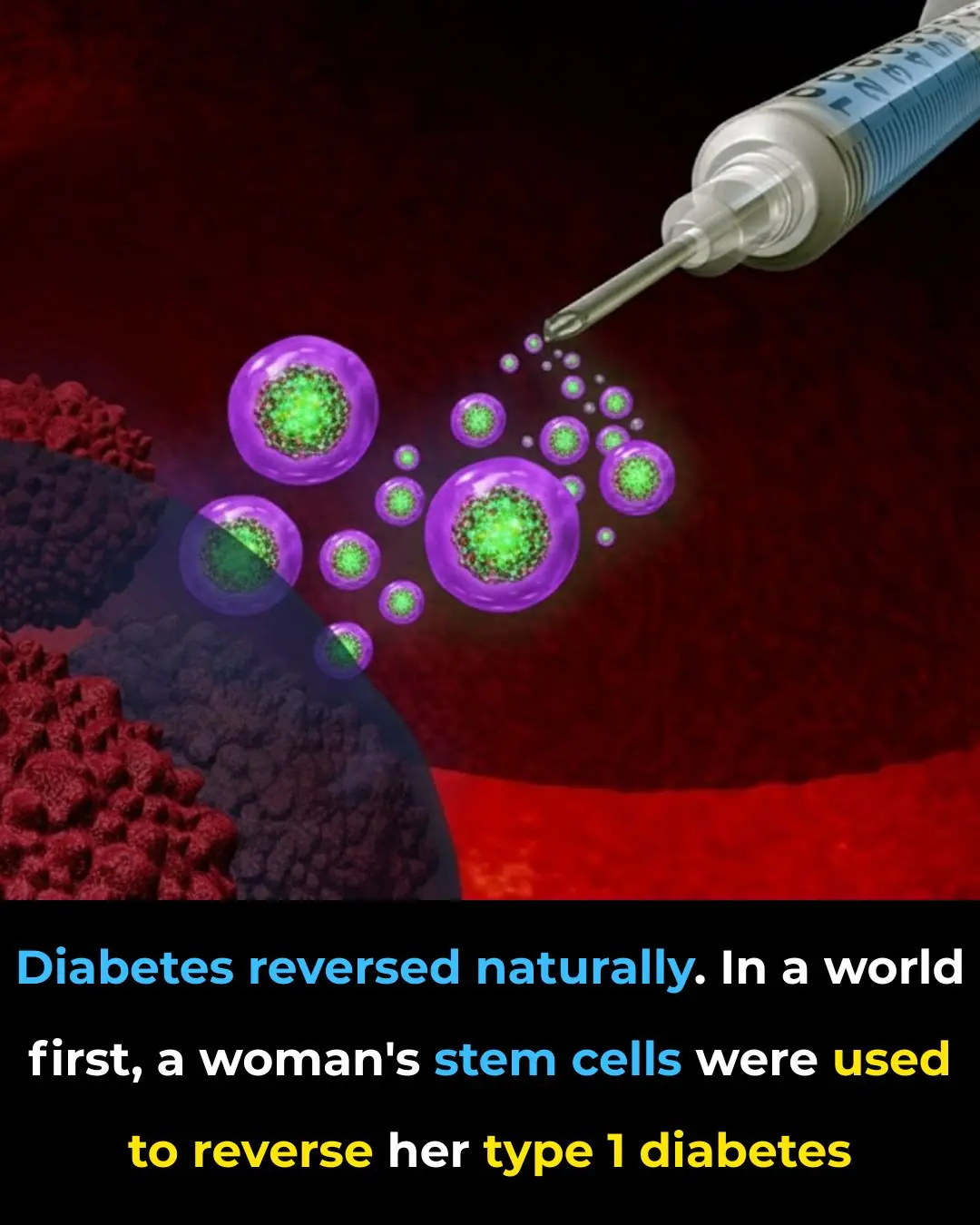
World-First Breakthrough: Stem Cells Reverse Type 1 Diabetes in Landmark Case

Hank’s Second Chance: From Abandonment to Hope and Healing
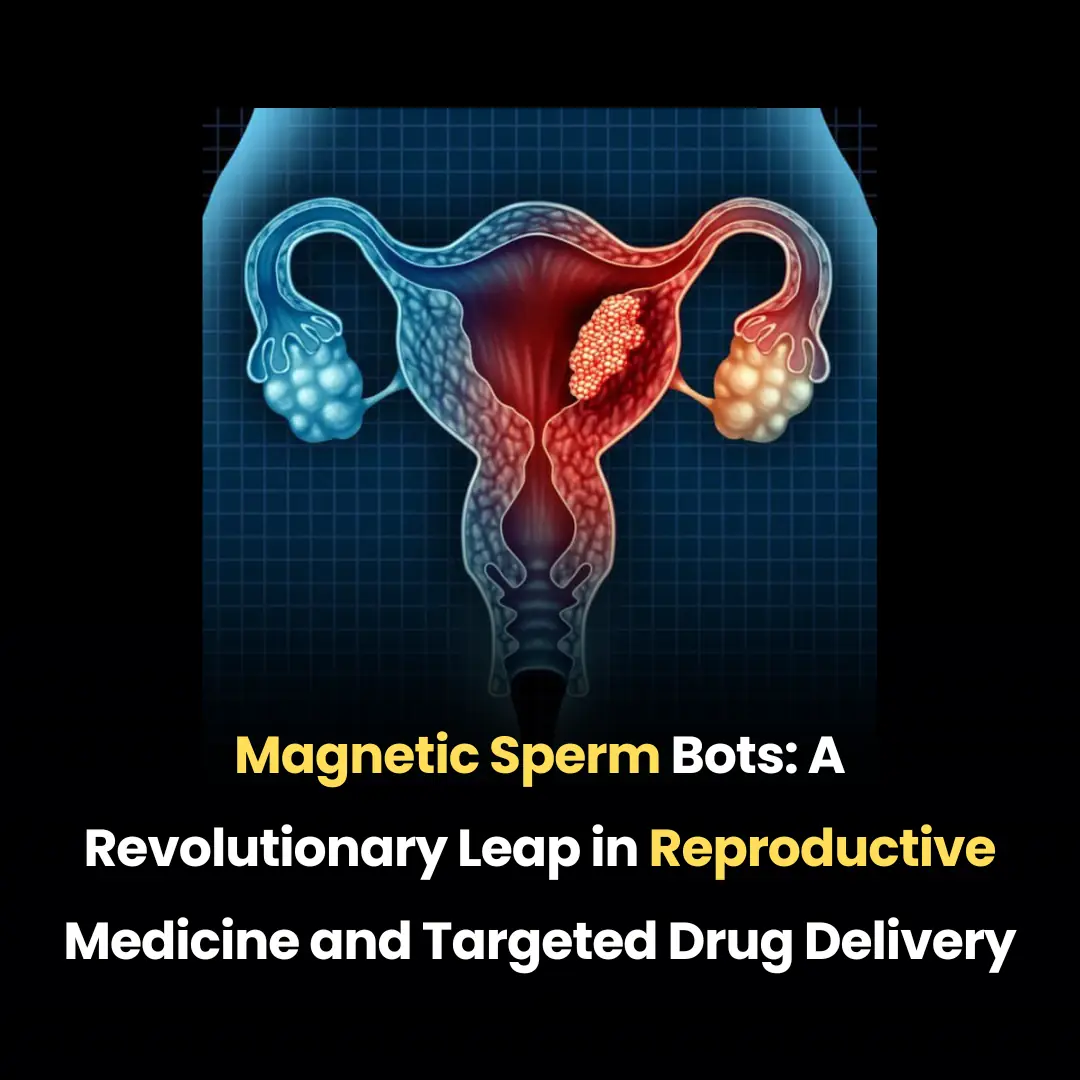
Magnetic Sperm Bots: A Revolutionary Leap in Reproductive Medicine and Targeted Drug Delivery

The Hidden Dangers of Belly Fat: A Warning Sign for Metabolic Health
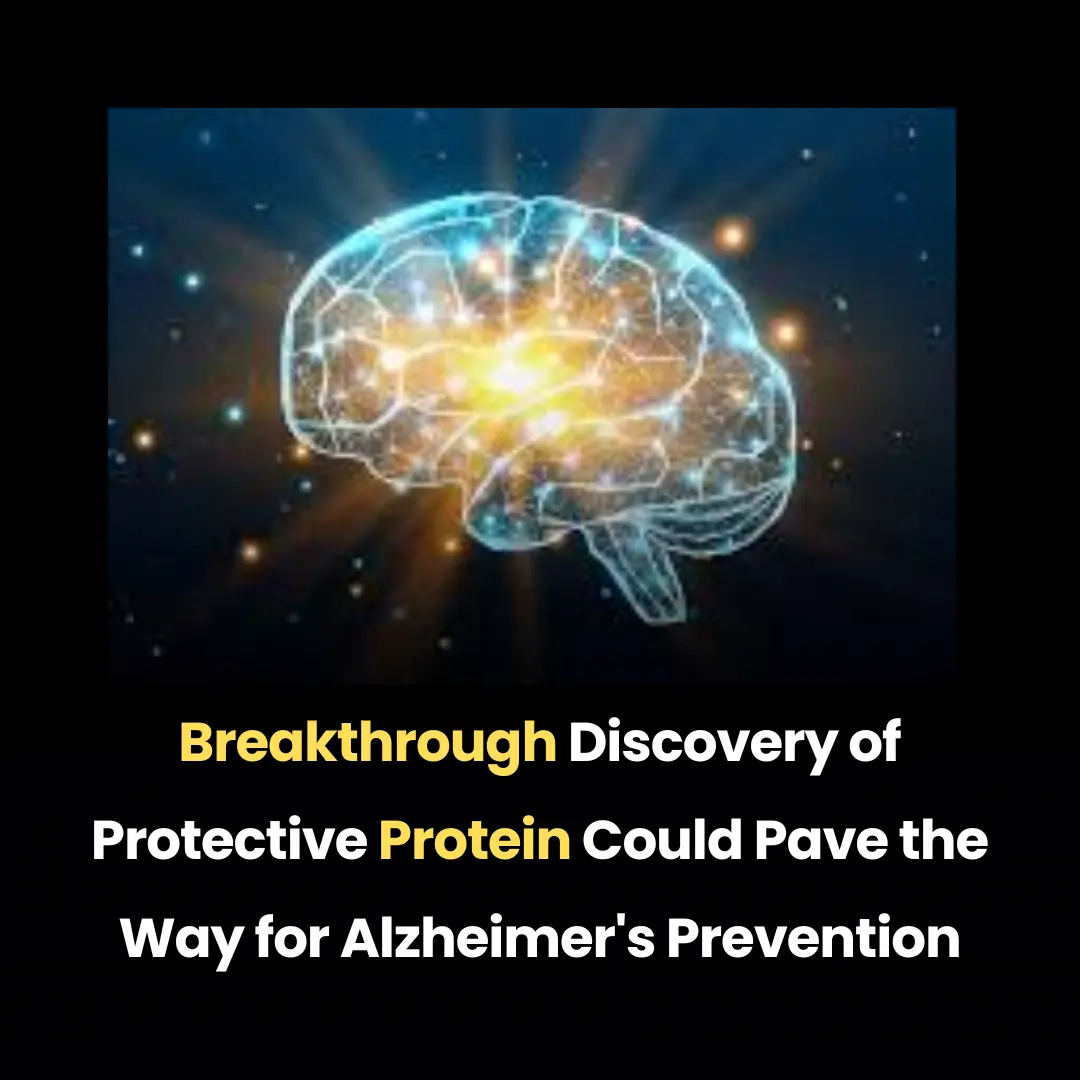
Breakthrough Discovery of Protective Protein Could Pave the Way for Alzheimer's Prevention

Revolutionary Ultrasound Treatment: A Non-Invasive Breakthrough in Cancer Care

Revolutionary Injectable Gel Promises Non-Surgical Solution for Joint Regeneration

Check out the best tips for using dryer sheets to clean the toilet!
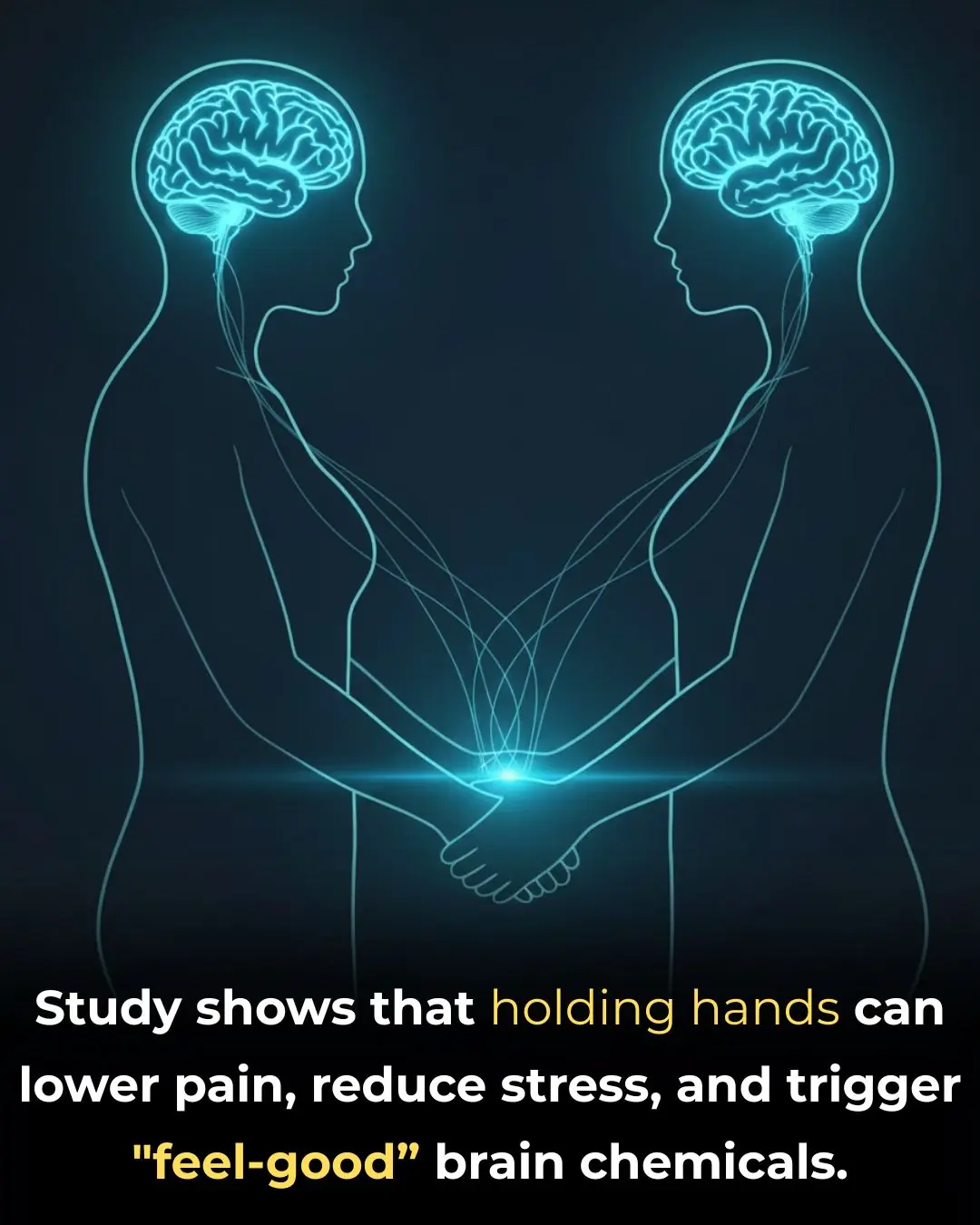
The Science of Touch: How Holding Hands Calms the Brain and Eases Pain

The Molecular Blueprint of Regrowth: How Axolotls Regenerate Entire Limbs
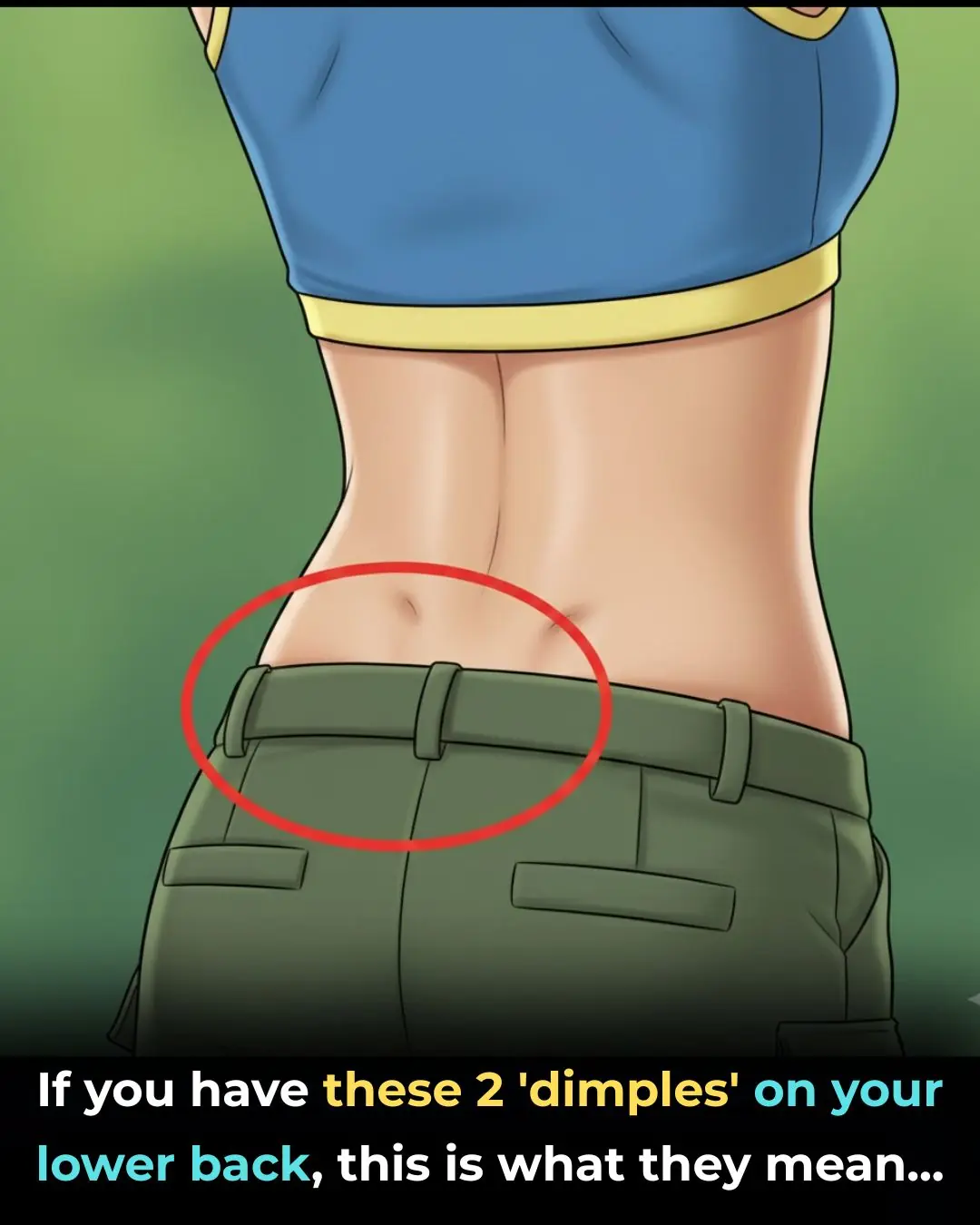
If You Have These Two ‘Dimples’ on Your Lower Back
News Post

‘Breakfast With Dads’: Almost 600 Men Show Up To Mentor South Dallas Middle School Students

Chadwick Boseman, Sheryl Lee Ralph And Brandy All Named In The Hollywood Walk Of Fame Class Of 2024

‘Nobody Ever Shot a Crumbled Piece Of Paper And Yelled “Paul Pierce”‘: The Truth Says Kobe Bryant Was Never Face Of The NBA Sparking Wild Debate

Why the CEO of Black-Owned Beauty Brand The Honey Pot Turned Down a $450M Offer

Long-Lost Brothers Reunite After 20 Years And Discover They Attend The Same College
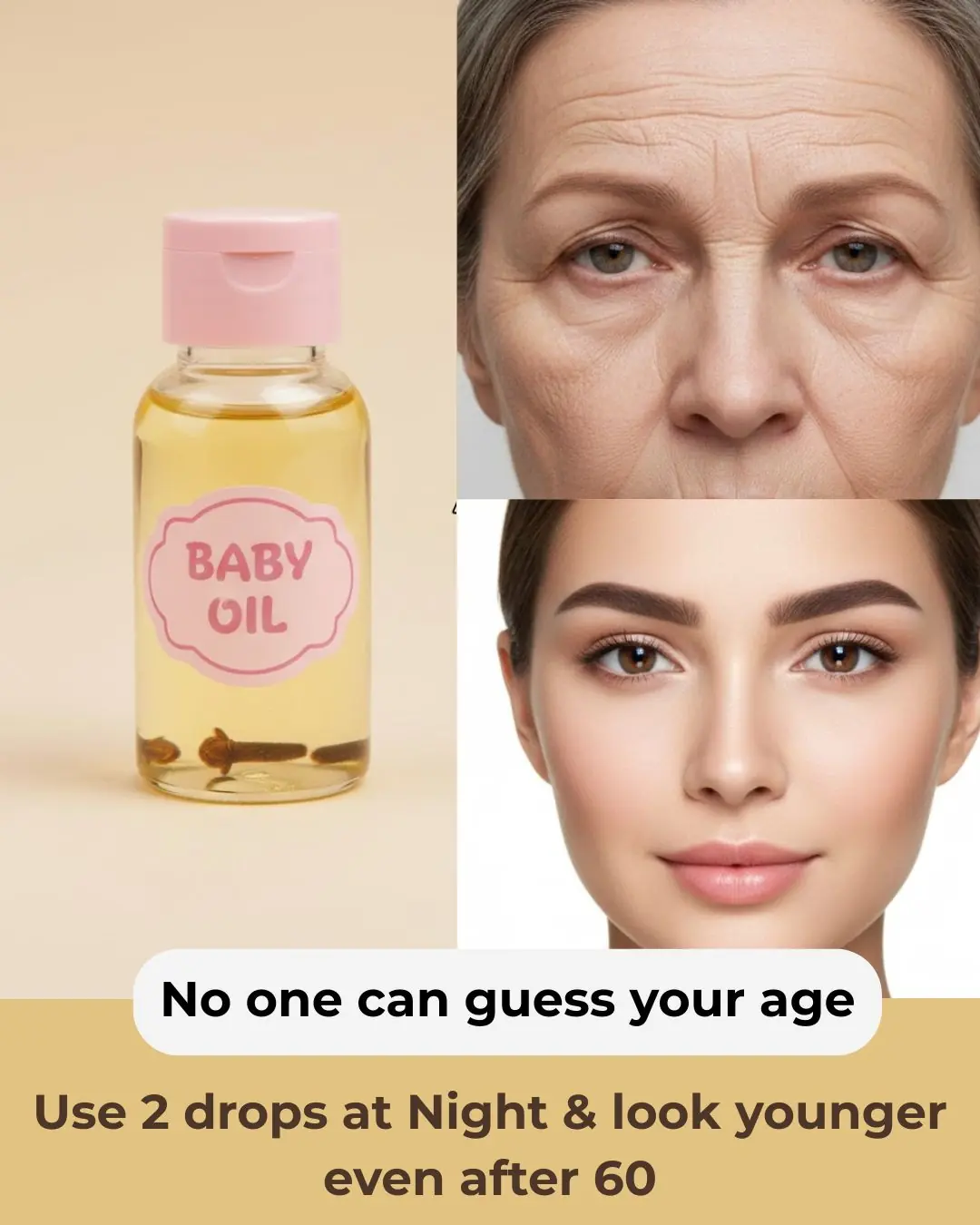
The Ultimate DIY Clove Skincare Routine

Foods That Are Beneficial For Strengthening Muscles In Old Age

Steph Curry & Michelle Obama Team Up to Launch Healthier Sports Drink Alternative ‘PLEZi’

Random Act Of Kindness: Young Man Helps Woman Get Home After Her Electric Wheelchair Loses Power

This Photo Of A Student Walking To Bus Stop To Get To His Graduation Is Determination Personified
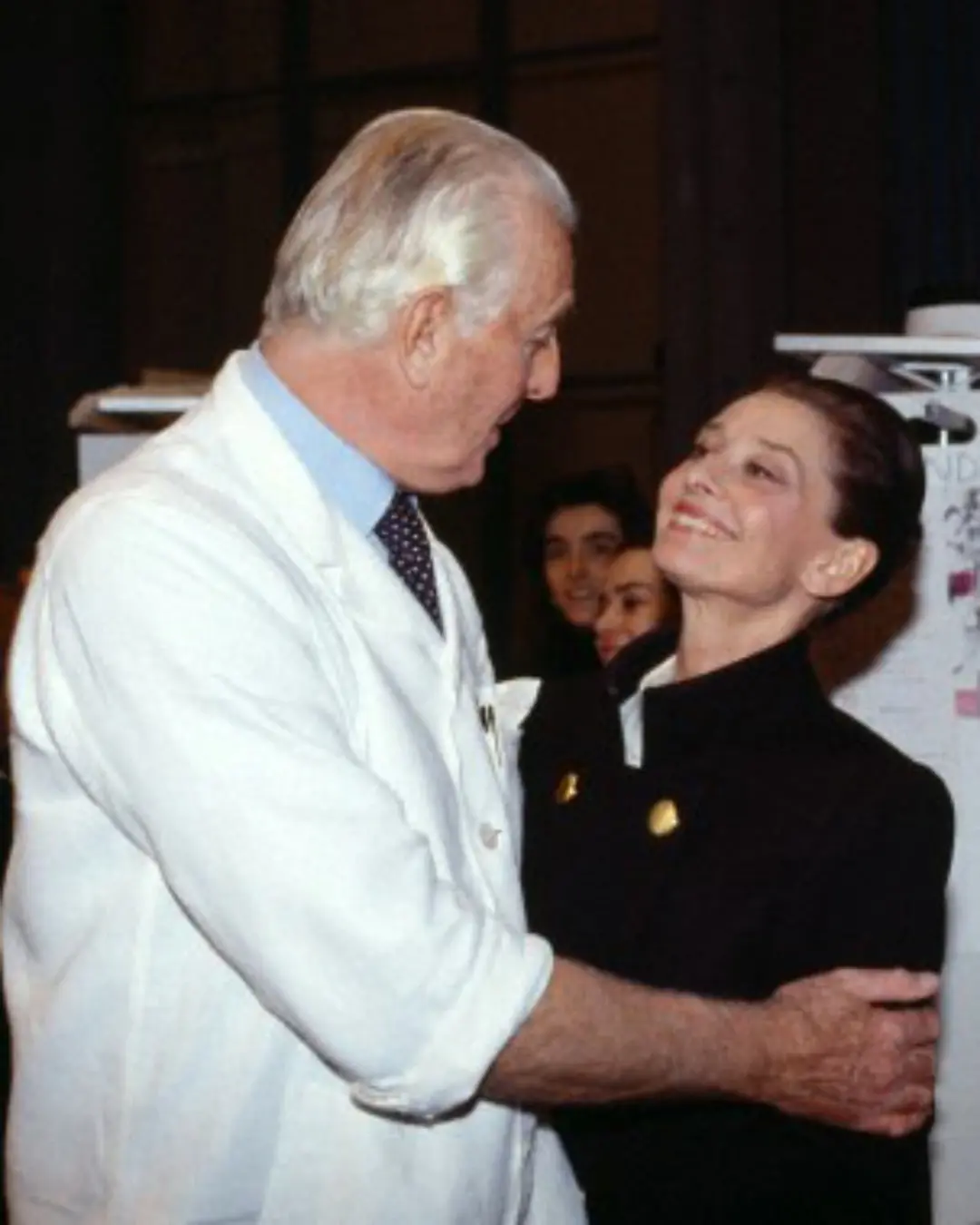
The Coat She Left Behind.

Crispus Attucks: The Man Who Ignited a Revolution.

This Couple’s Love Story Will Leave You Feeling Inspired

Ebony Twilley Martin Named First Black Co-Executive Director Of Greenpeace

A Meal Paid in Kindness — And a Lesson Her Children Will Never Forget.

The Cub Who Thought Every Human Was an Enemy.

A Neighbor Ran Through Fire to Save a Little Girl.

How a Pilot Gave a Terrified Little Boy the Courage to Keep Fighting.

If you're a gardener, here's why you should collect as many pine cones as you can
